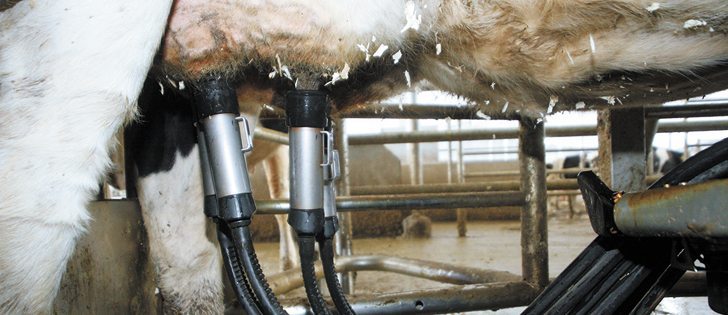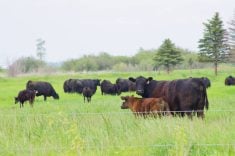Science heralded CRISPR-Cas9 as the “biggest scientific breakthrough of 2015.”
A Nobel Prize drumbeat has already started for co-discoverers Jennifer Doudna and Emmanuelle Charpentier, even though their discovery was published only in 2012.
This speaks to the importance of their achievement because most Nobel Prizes are awarded decades after the work is complete.
CRISPR is on its way to revolutionizing biology by changing the way scientists alter genes.
In its natural setting, the CRISPR is found in bacteria and functions as a primitive bacterial immune system to protect against viruses.
Read Also

House ag committee to undertake several studies
The House of Commons standing agriculture committee has set its agenda for the coming months. Members began the fall sitting with a two-hour update on international trade
Scientists are able to harness this system to genetically modify all sorts of other organisms, including plants, animals and insects.
One analogy that I particularly enjoy is that CRISPR is like the “search and replace function” on your computer’s word processing software. You input the genetic sequence you want to find and add in what to replace it with. The gene of interest can be precisely targeted and edited.
The precision offered by CRISPR has major advantages over previously used methods.
Selective breeding, a technique used by people for thousands of years, may result in inadvertently selecting bad traits along with those that are desirable. For example, selectively breeding a cattle herd for rapid growth may also accidentally foster disease susceptibility.
Slightly more sophisticated techniques to modify genes are still clumsy. Along with the desired genes, extra chunks of DNA are often introduced, causing unforeseen consequences.
This is similar to inserting an entire paragraph to achieve a change in a single word. All the extra words in the paragraph could affect the genetically modified animal.
This type of work also required cloned embryos, which was time consuming, costly and difficult.
CRISPR targets and changes individual letters in the embryos of interest without cloning.
As well, CRISPR does not introduce genes from other organisms. Rather, the animal or plant’s own genes are edited.
This is a bonus for agricultural applications because it may alleviate concerns about other forms of genetic modification, which introduces DNA from other organisms.
CRISPR may be used to change genes by adding or removing DNA or causing specific mutations in a gene.
An immediate application is to efficiently develop animal models of human diseases.
The laboratory mouse is the workhorse of these animal models, but research in mice can be limited because of their diminutive size, short lifespan and biological differences from people.
There is growing interest in large animal models to better approximate naturally occurring human diseases. CRISPR will be instrumental in developing these models in larger species such as pigs.
Altering the genes in animals that are associated with human diseases give scientists valuable insight into the molecular causes of disease, which can influence diagnostic tests, treatment and gene therapy.
Protein production is another CRISPR application in animals that can benefit human health. Under this application, dairy cows and goats can be genetically modified to secrete large volumes of specific proteins in their milk that can treat human illness.
Perfecting the use of CRISPR in a laboratory setting could also benefit livestock by genetically modifying them for enhanced production, including growth, muscling, marbling, feed conversion and polled traits.
Genetic disease resistance is an-other major application. Examples include scrapie resistance in sheep, pigs that are resistant to African Swine Fever and chickens that lack the receptor for influenza virus.
However, not every CRISPR application is viewed in a positive light, and governments and society must carefully consider the safety concerns, particularly for modified animals that are created for products used as medical therapy or food.
There is also a growing ethical concern regarding the use of CRISPR to alter human genomes.
The promises of the genetic age have not been fully realized be-cause of the inability to actually change the genetic code in a precise, cheap and fast way.
With that technological barrier removed, scientists must now learn how to apply it to their own interests. The sky may be the limit for how this can be done. Designer cattle are not far off. But now that we can, it begs the question: should we?

















